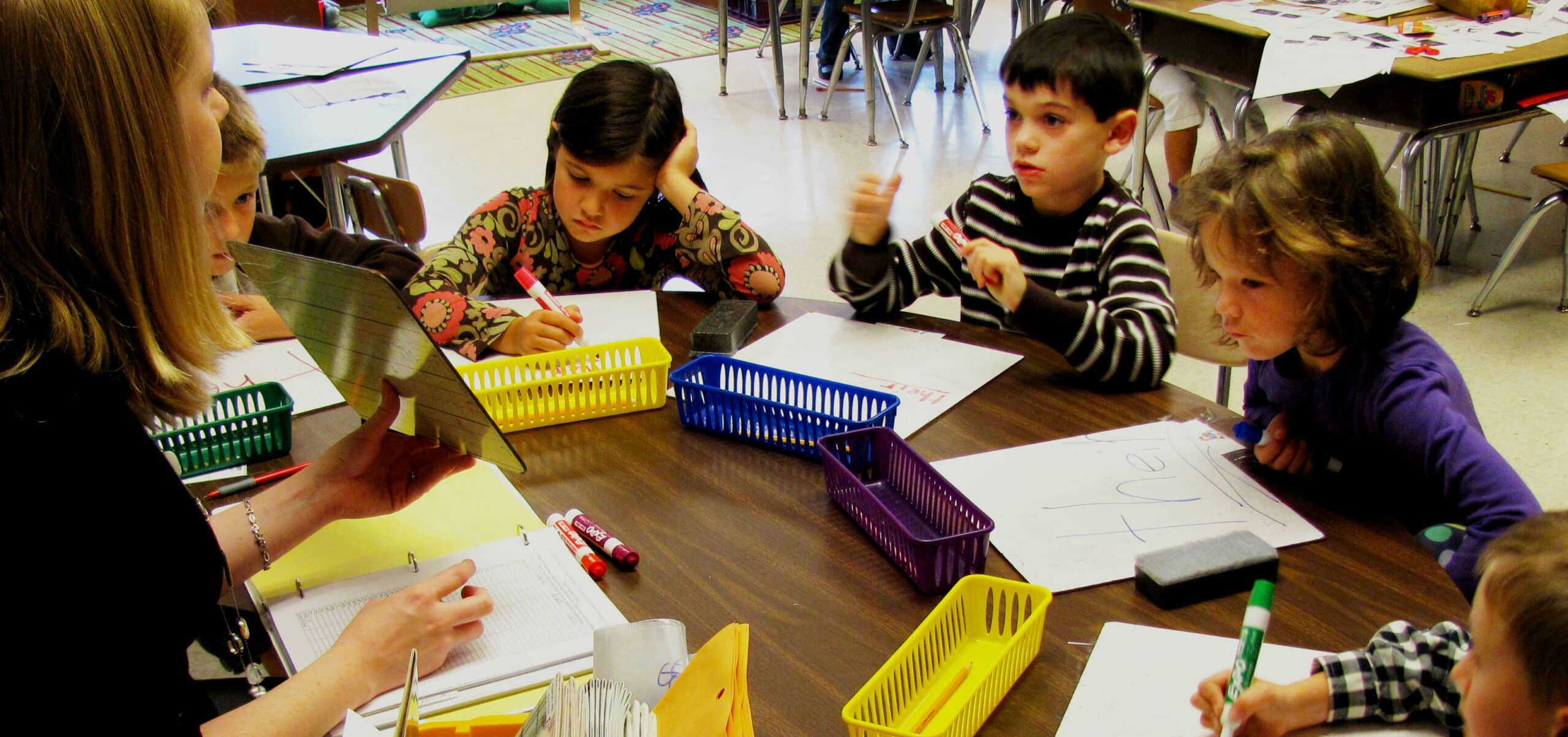Last month, Wisconsin Senator Ron Johnson stated that America needed to fix the escalating costs of higher education by replacing lectures from professors with online learning and educational videos such as Ken Burns’ documentaries. His comments drew ire not only from his election challenger, former Senator Russ Feingold, but also from nationally-recognized figures such as Randi Weingarten, president of the American Federation of Teachers, and Ken Burns himself.
Sadly, both Johnson’s comments and the rebuttals of those who disagree drag us back to an outdated and broken debate about computers versus teachers. The debate misses important nuances about the evolved role teachers will play in the education system of the future, as well as the value technology will provide to enhance teachers’ abilities to reach all of their students and practice at the top of their craft.
The truth is, in the era of artificial intelligence, the most valued and secure jobs will be those that require complex social skills—such as teaching. Good teachers do more than just convey information. They coach and mentor their students to make learning relevant and meaningful, and they foster students’ interests in tackling complex, real-world problems. And while technology can replicate teachers’ expertise in dispensing information and assessing students’ knowledge of rote facts and skills, it is far from replacing the teacher’s role in providing expert feedback on critical thinking, communication, and leadership.
It’s important to remember, however, that substituting technologies for certain teaching tasks is a critical innovation for advancing the education system’s ability to serve all students. In the current factory-based educational model, teachers simply can’t give all their students the individualized feedback and coaching they need. But the more we utilize the best recorded lectures, documentary films, and instructional technologies to replace live lectures, the more we can free up teachers to spend their time working closely with their students to foster deeper learning. When students are able to get foundational knowledge and skills through technology-based instruction, teachers can evolve their purpose in the classroom and focus their time on providing expert feedback on higher-order skills and tackling complex, real-world problems with their students.
So let’s move past the polarizing and broken debates about teachers vs. technology and start having the more productive conversation about when and how to use technology to enhance the effectiveness of our teachers. Rather than seeing technology as either a threat to or poor substitute for teachers, we need to determine how best to use technology to enhance teachers’ capabilities. Johnson was definitely right about one thing, “We haven’t even come close to taking advantage of the power of technology in education.”
For more, see:



